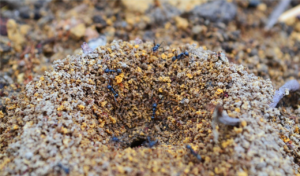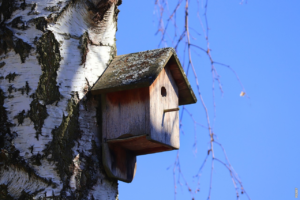The Astonishing World of Tool Use in Mammals
When it comes to tool use, humans often take center stage. We have harnessed the power of tools to shape our environment and improve our lives in countless ways. But are we the only mammals capable of this remarkable behavior?
Enter the Ingenious Primates
While humans may be the masters of tool use, we are not alone in this skill. Primates, our closest relatives in the animal kingdom, have also been observed using tools. From chimpanzees using sticks to extract termites from their mounds to orangutans fashioning tools to extract seeds from fruits, primates have demonstrated an impressive range of tool use.
The Resourceful Cetaceans
Move away from the land, and you’ll find another group of mammals that are no stranger to tool use – cetaceans. Dolphins, for example, have been observed using sponges as protective gear while foraging on the ocean floor. They place the sponges on their snouts to prevent abrasions and injuries. This behavior showcases their adaptability and intelligence.
The Clever Carnivores
Tool use is not limited to primates and cetaceans. Some carnivorous mammals have also shown their ingenuity. Sea otters, for instance, are known to use rocks as anvils to crack open shellfish. They lie on their backs, place the shellfish on their chests, and repeatedly strike them against the rocks until they break open.
The Avian Connection
While the focus here is on mammals, it’s worth mentioning that tool use is not restricted to this group alone. Birds, particularly certain species of corvids, have been observed using tools as well. Crows, for example, have been seen using sticks to extract insects from tree bark, demonstrating their problem-solving abilities.
Post
Post
Conclusion
Humans may be at the forefront of tool use, but we are not the sole players in this fascinating behavior. Primates, cetaceans, carnivorous mammals, and even certain birds have shown their remarkable adaptability and intelligence in using tools. The animal kingdom is filled with surprises, reminding us that we are part of a diverse and extraordinary natural world.



